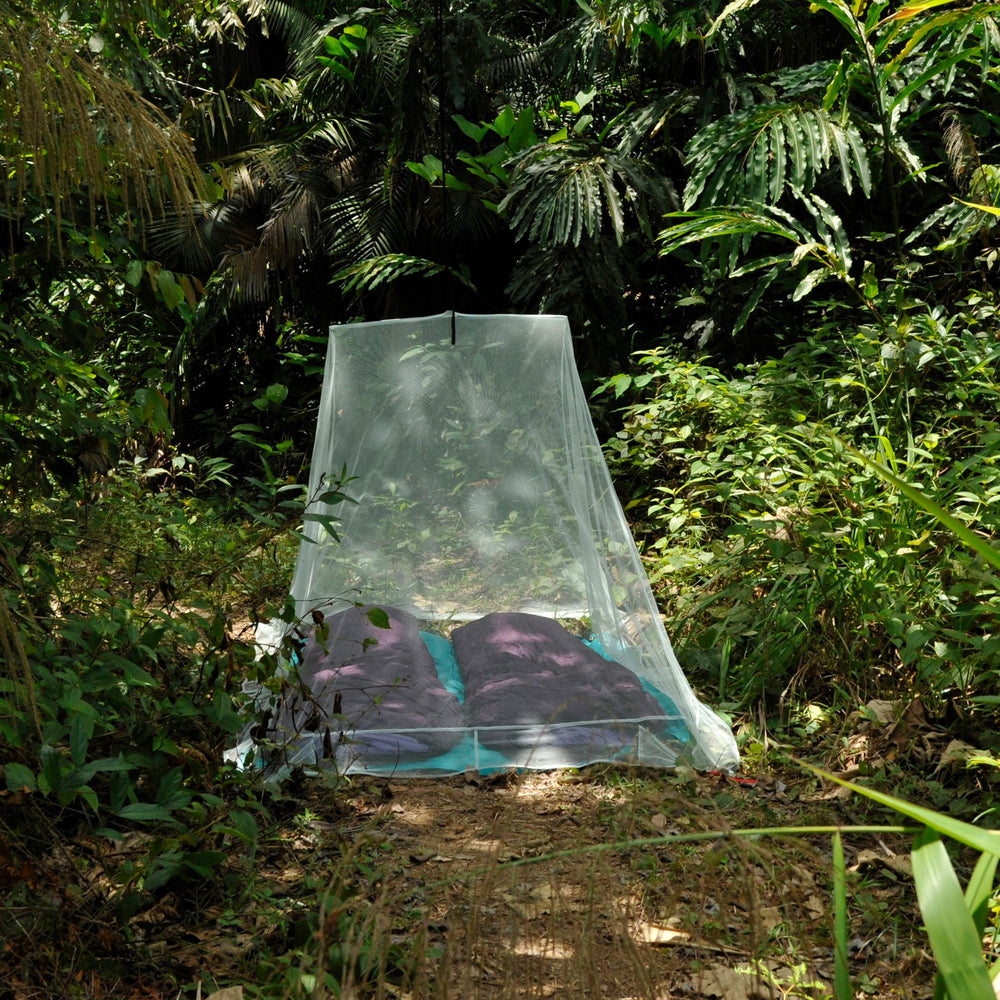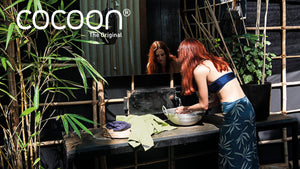How to Choose the Best Insect Nets for Traveling and Camping
According to the World Health Organization, there were an estimated 627,000 deaths caused by malaria in the year 2020 alone. That’s nearly as many deaths as Americans experienced due to heart disease (at 697,000)—the leading cause of death for both men and women in the US—in the same year. The estimated number of cases of malaria in 2020 was 241 million total worldwide.
Although the majority of worldwide malaria cases occur in Africa (over 95% in 2020), malaria isn’t the only insect-borne disease to watch out for. There’s Dengue fever in popular tourist destinations like Southeast Asia and the Caribbean, the Zika virus is prevalent in South and Central America, and West Nile and Lyme disease are common even in the United States.
Insect nets aren’t only for tropical climates and high-risk areas. It’s safe to say that whether you’re traveling on a mission trip to Africa or embarking on a thru-hike in the U.S., a reliable insect net can be vital to maintaining your comfort, health, and safety.
Choosing the Right Insect Net for Your Needs
At this point, you know you need an insect net, but there are so many different kinds. Are some better than others? Where do you even start? Read on to find a breakdown of options so you can travel with confidence knowing you’ve chosen insect protection that will keep you healthy and sleeping soundly.
The first choice you’ll encounter is likely the most personal. Insect nets come in many shapes and sizes. For the sake of this article, we’ll focus on insect nets for sleeping. You’ll likely come across various shaped nets such as:
- Pyramid nets: Best for a single sleeping bag or pad
- Cone nets: Good for sleeping bags but not great for beds or cots
- Rectangular or box nets: Typically the best option for use with beds and cots
- Wedge nets: Ideal for a single person in a sleeping bag or on a cot—the low end may touch your feet or legs so ensure they’re covered
- Ridge nets: Similar to wedge nets but provides more space for active sleepers prone to roll around at night
- Dome nets: These are typically self-supporting structures with an attached floor to cover the ground, similar to a tent

Again, at this point, this choice is highly personal. You’ll want to consider how much space you have in your pack or luggage and how much weight you can accommodate. A net with its own structure or frame won't require points to hang from, but they are often heavier and may be too large for a tight pack or carry-on. Nets without a frame require you to hang them from designated hanging points. These are often lighter and more compact but aren’t functional if you aren’t sure you’ll be in an appropriate location to hang them up.
Don’t forget to account for the size of your bed or sleeping arrangement. Look for a net that leaves room to roll around if needed. You don’t want the insect net resting on your skin during the night—if it doesn’t contain insecticide you can still be bitten through the net.
When choosing a material for your insect net, there are pros and cons to each. Consider durability, stiffness or rigidity, and airflow.
What is the best insect net material?
Cotton is the most common natural material used for mosquito nets.
The “hairy” nature of cotton fiber naturally makes it more difficult for insects to get through the holes of the net. Unfortunately, cotton nets tend to tear easily, especially if they’re being hauled around from location to location. Mosquitos and other insects can easily find their way in through a tear in the net. Cotton nets also have a lower resistance to mold in warm, humid climates.
Synthetics such as nylon (polyamide) and polyester (terylene) are becoming increasingly more popular than cotton.
Polyester and nylon allow for better airflow than cotton—this is particularly important in warm and humid climates. These synthetics are durable and hold their shape well, meaning they will not stretch or be distorted easily. Despite their durability, they’re typically light on grams and great for packing light.
White, black, grey, or green. . . Does the color of your insect net matter?
There are a few factors to consider when choosing which color insect net to buy. It’s difficult to see bugs through darker, nets whereas you’ll see mosquitos and larger insects easily through a white net.
But more importantly, consider what the bugs will and will not be attracted to. Insects are attracted to bright, contrasting colors like white, yellow, or orange. Colors like green and blue won't register as vividly when seen in the UV spectrum (outdoors), deterring bugs away from these colored objects.
White nets are better for use indoors where the white color blends in better. White is typically less of a contrast indoors against white walls, carpet, etc. than it ever will be outside where it stands out against the backdrop of sky, grass, trees, or rocks.
For outdoor use, a black, grey, or green net is recommended. Green may work better in forests and lush areas. Choose a net color that will best blend in with the intended areas of use. COCOON® outdoor insect nets are available in silt green or grey. We find that these color variations are most effective at blending into the majority of outdoor environments.
Keep in mind that a darker net will provide better UV protection during daylight hours. Dark colors repel UV rays. White nets attract them. This is, again, why white nets should only be considered for indoor use and darker insect nets are preferred outdoors.


Take Extra Precautions When Traveling Through Insect Hot Spots
Carrying along an insect net is always a safe bet. If you’re traveling through an area with a high rate of insect-borne illness, it’s a necessity.
“The Centers for Disease Control and Prevention recommends the use of insecticide-treated mosquito nets (ITNs), as they not only are efficient enough to kill mosquitoes and other insects, but they also repel them to a great extent, preventing them from entering the room.” - HomeQuicks
Not all nets are treated with insecticide. If you’re traveling to a high-risk area, choose a long-lasting insecticide-treated net (LLIN). You can find our favorite Insect Shield (permethrin) treated insect nets here.
WHAT IS INSECT SHIELD® TECHNOLOGY?
Insect Shield® offers powerful, odorless protection, proven to repel biting and disease-spreading insects like mosquitoes, ticks, ants, flies, chiggers, and midges (no-see-ums).
Insect Shield was the result of the U.S. military petitioning the founder of the company to uncover a method in which to bind permethrin to apparel and fabric for long-term effectiveness. The result was Insect Shield®: A military-grade insect repellant that binds to fabric for up to 70 washes—the average lifespan of most garments.
In 2009 COCOON® launched a first-of-its-kind complete line of Insect Shield®-infused sleep systems and mosquito nets. Permethrin has been certified by the U.S. Environmental Protection Agency (EPA) since 1997. Permethrin has been used in pet care and children’s products regulated by the FDA, and carries an excellent safety record.
Travel Safely, Sleep Soundly
The World Health Organization guidelines recommend insect nets with no less than 500 holes per square inch. This is sufficient for keeping out every kind of insect, including the tiniest of black flies and no-see-ums.
Insect net mesh size is indicated by the denier unit. Smaller denier mesh will keep out smaller bugs. For instance, 40D mesh has 324 holes per square inch, 15D mesh has 600 holes per square inch (and exceeds the World Health Organization’s safety guidelines).
Your travel style and personal preferences as well as the location of travel will dictate the best insect net for you. Use this guide to help you make an educated decision and to ensure you enjoy safe travels and a sound night's sleep—void of bothersome and biting bugs.
"We used Insect Shield® TravelSheets and but nets from COCOON and they worked amazing on our last trip to Central America. We were astonished to see how effective they were.”


